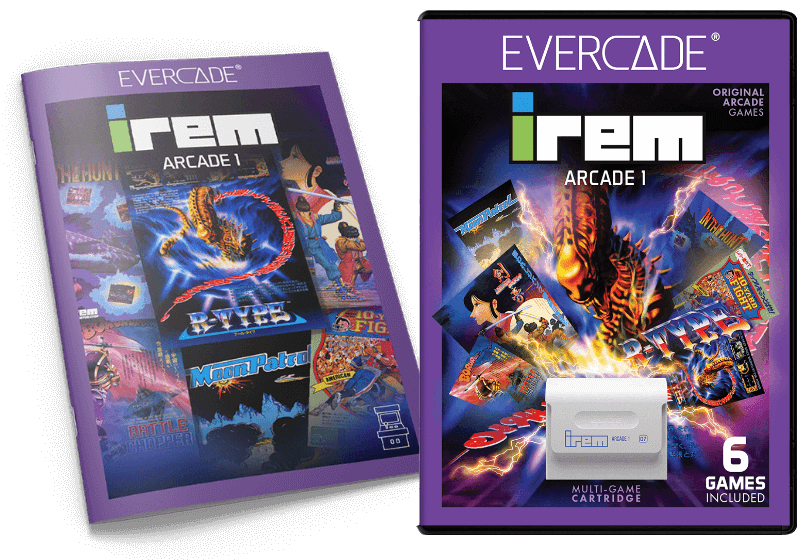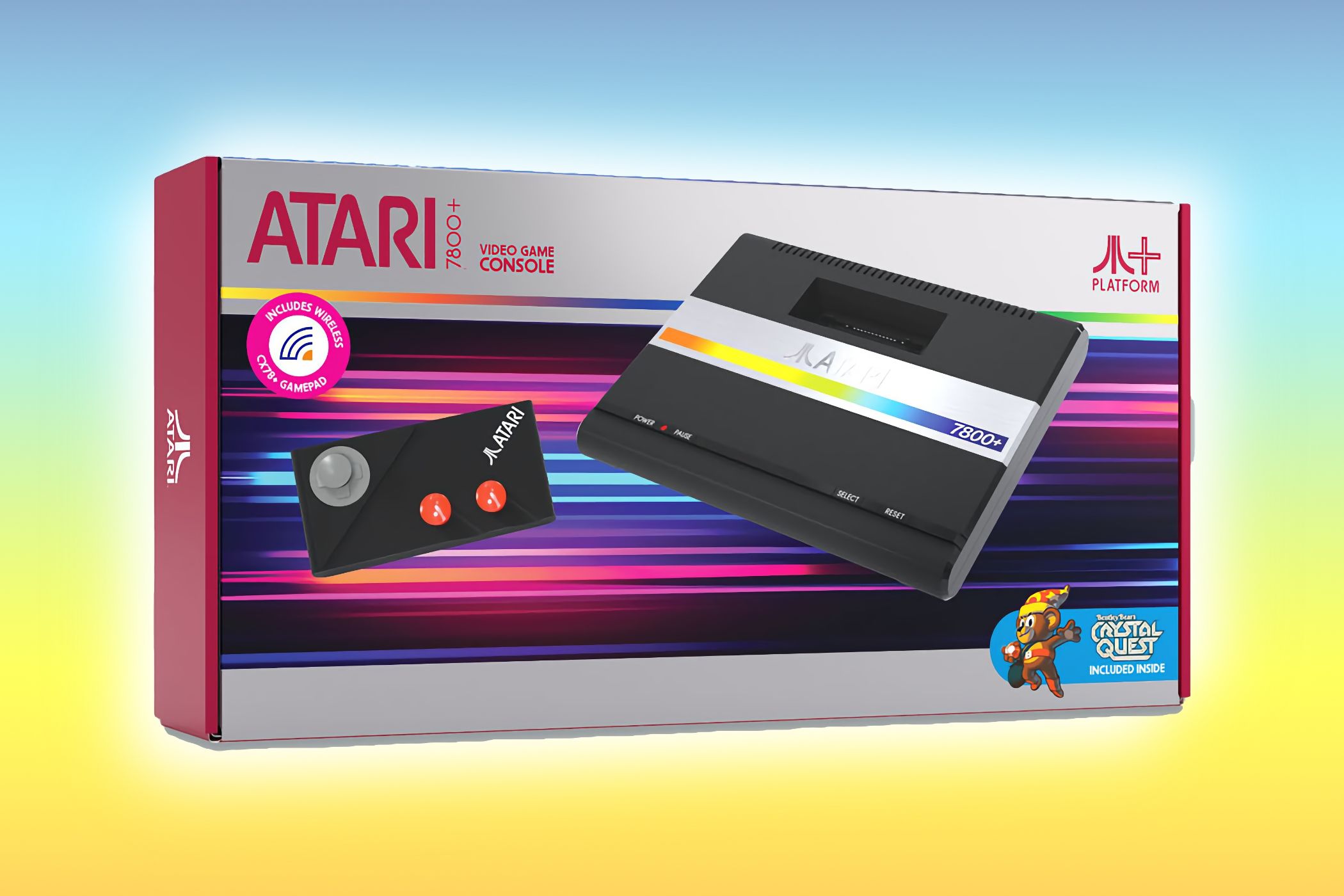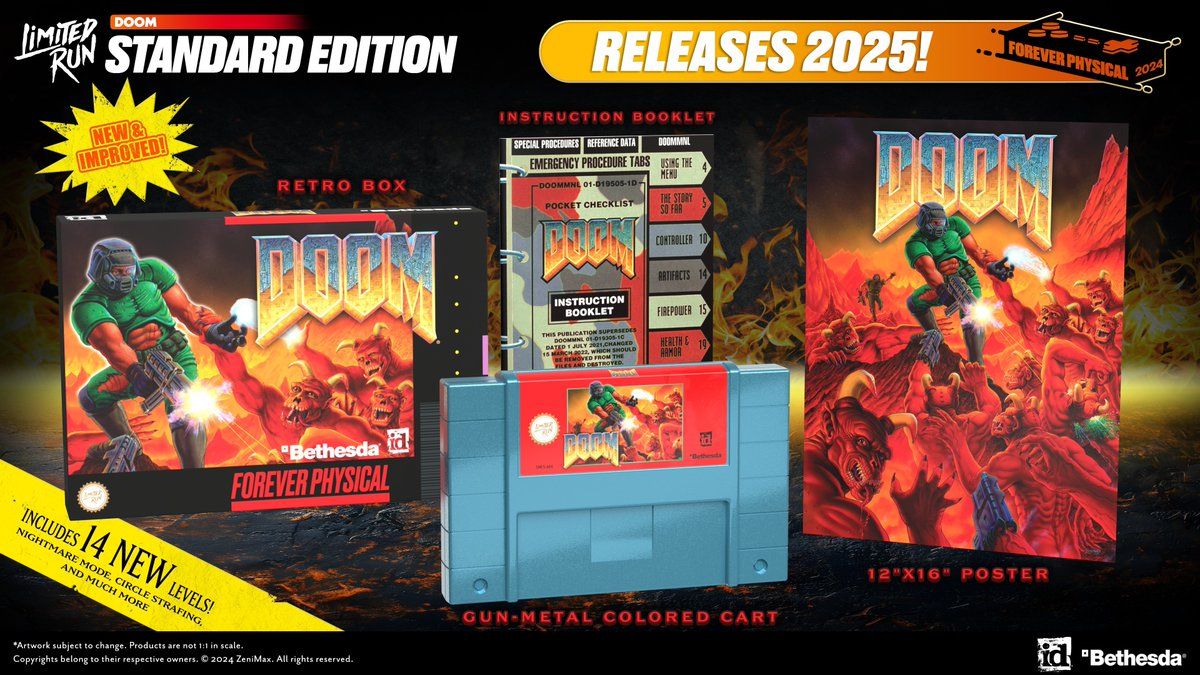Key Takeaways
- Companies like Retro-bit and Limited Run Games are helping to revitalize old consoles by producing new cartridges for them.
- New systems and cartridges from the likes of Atari and Evercade show that there’s a range of new possibilities for the format.
- The growth of retro gaming in general may lead to a renewed focus on cartridges for a more authentic experience.
It may be a stretch to call it a resurgence, or a comeback, but video game cartridges are having a bit of a moment. There are new consoles designed to play old cartridges, new carts being made for old consoles, and new approaches to the cartridge format that are opening up new possibilities.
Reviving a Fading Format
For decades, cartridges were synonymous with video games. They were first introduced in the mid-1970s with the Fairchild Channel F console and were one of the key reasons the Atari 2600 became wildly popular, kick-starting the home video game console market as we know it today.
The video game crash of 1983 dealt a setback, but they’d soon return and became more popular than ever thanks to the likes of Nintendo and Sega, and they’d remain ever-present until the mid-1990s when discs began to take over.
Optical media wasn’t without its drawbacks, but the increased storage capacity and considerably lower manufacturing costs made the transition from cartridges all but inevitable. Nintendo remained the big outlier, opting to continue using cartridges with the Nintendo 64 as Sony and Sega made the jump to discs.
Nintendo still uses carts (of a sort) today with the Switch, although they are closer to an SD card than a traditional game cartridge.`
Despite falling out of favor with major video game manufacturers, smaller companies and individuals have tried to keep traditional cartridges alive over the years. Homebrew game makers and indie developers have long been releasing new games on cartridges, often reusing old game carts in the process.
More recently, companies like Retro-bit and Limited Run Games have taken things a step further with official releases of new cartridges for a range of old consoles, including deluxe special editions and re-releases of games that have become expensive or hard to find on the used market.
A New Wave of Hardware
Efforts to breathe new life into the format are continuing to grow and find an audience, but we’re also seeing new approaches to cartridges that don’t just cater to those who own vintage consoles, but creating opportunities for brand-new cartridge-based consoles.
Evercade has managed to carve out a niche for itself not by just releasing new devices that play retro games—of which there is definitely no shortage—but by focusing on handhelds and consoles that capture the experience of classic video game consoles, complete with cartridges.
Like the Switch, Evercade’s carts simply rely on flash memory instead of traditional ROM chips, and they tend to consist of compilations of games instead of individual titles. But they are chunky carts that feel like they could have come from a forgotten 90s game console, and they’re packaged in substantial clamshell cases that hold a full, detailed manual.
Most of the games that Evercade has released can easily be played on other devices (often at less expense), but they’re easy to be forgotten or ignored if the game is just yet another title in your Steam library, or pushed off the home screen of your game console.
A cartridge with a case and manual is a way to cater to the collectors among us, sure, but it’s also a way to focus your attention, and make the experience of playing the games closer to what you remember.
An even more retro approach is the one taken by Atari, which is getting back to its roots by releasing new game consoles and a range of new cartridges to go along with them. Atari describes its 2600+ and recently announced 7800+ consoles as “backward and forward compatible.”
That means you can use old 2600 and 7800 cartridges with the company’s new consoles (albeit through emulation), and play any of the company’s newly released cartridges on vintage Atari consoles.
Atari’s offerings may have been a bit slim to start with when the 2600+ was released last year, but it announced no less than ten new game cartridges alongside the 7800+. What’s more, those games include a mix of re-releases of classic titles and games that were never released for the original consoles.
Unlike previous limited edition cartridges that Atari has released, they’re also pretty affordable at $30 apiece, and Atari’s talk of a broader “Atari+” platform seems to suggest that more games, and possibly more consoles, are on the way.
Beyond the companies making new cartridges, we’re also seeing new hardware like the Analogue Pocket that has prompted folks to dust off their old cartridges and start buying new ones, which in turn creates more opportunities for new cartridges to be produced. Even GameStop is back in the cartridge business by converting some of its locations to retro-focused game stores.
Cartridges Offer New Possibilities
Apart from being inherently more collectible—something Nintendo tapped into by including a reproduction NES cart with its recent deluxe edition of Nintendo World Championships: NES Edition for the Switch—game cartridges also have other advantages over other physical media formats.
As far back as Pitfall II for the Atari 2600, and more famously with the SuperFX chip on the Super Nintendo, companies have been using special chips on the cartridges themselves to expand the capabilities of the console they’re plugged into. Now, even smaller developers and companies are able to take advantage of advances in technology to release games that hadn’t been possible before.
Those capabilities can be as simple as increased storage capacity, which would have been impossible or prohibitively expensive during the original run of a console but is now trivial, or even more minor additions like built-in LED lights or custom cartridge shells. But there’s potential for more ambitious undertakings as well.
That’s no more evident than in Limited Run Games’ recent announcement of a new cartridge release of Doom for the SNES, which uses a custom chip that promises to improve on the performance of the original SuperFX processor and deliver a completely new enhanced edition of the game. They’ve even gone as far as to add rumble support with a new controller.
If we’re now seeing ambitious releases of a high-profile title like Doom, then the possibilities for the future could be even more open-ended than we might have thought even just a few years ago.
Retro Evolution
Retro gaming hasn’t only been getting more popular in recent years, it’s also been getting more respect. We’ve seen releases like Atari 50: The Anniversary Collection that devote a new level of appreciation to classic games, and mini-consoles from Nintendo, Sega, and others have gone some way towards capturing the experience of playing the original systems.
Cartridges are another way to make that experience even more authentic, and now we don’t just have to look to the past to see what is possible with the format.







